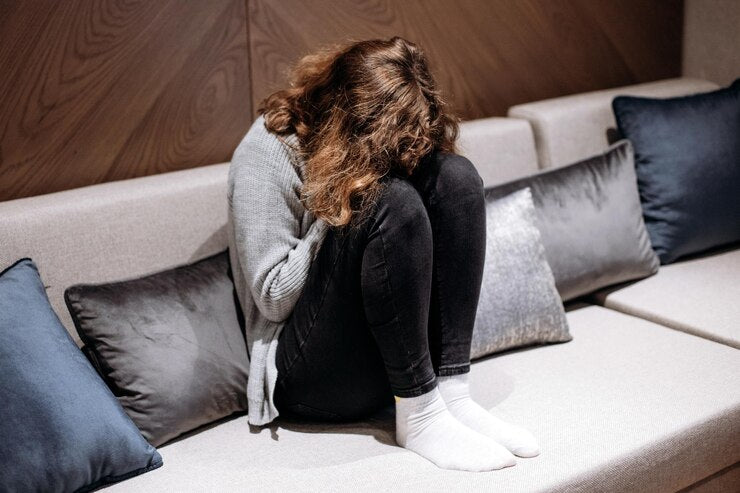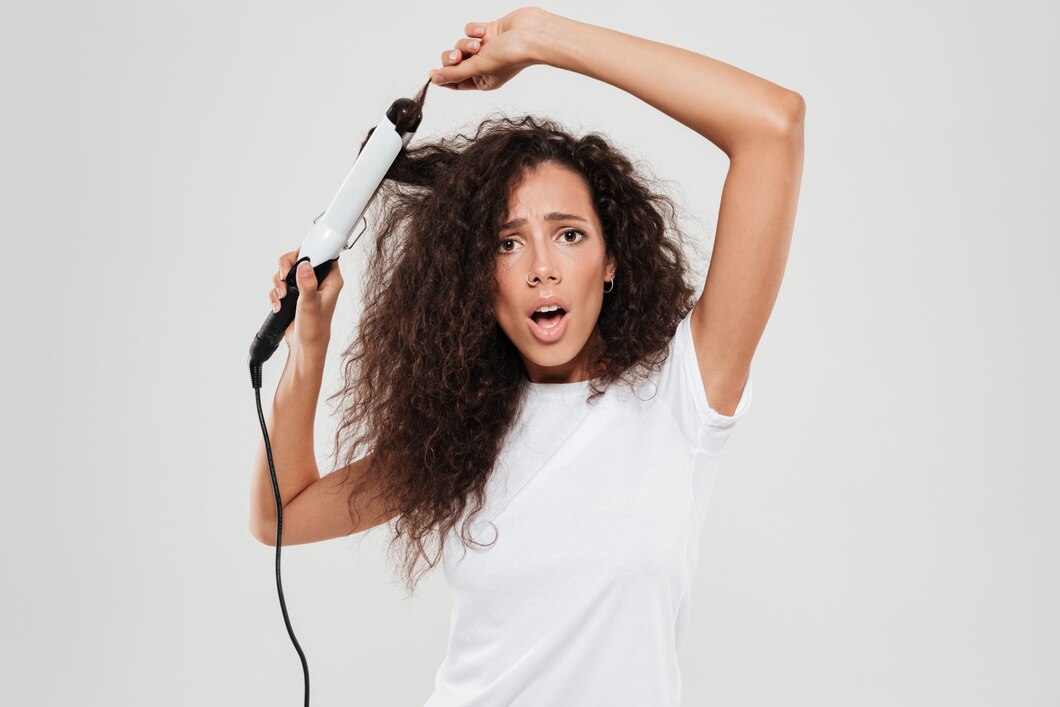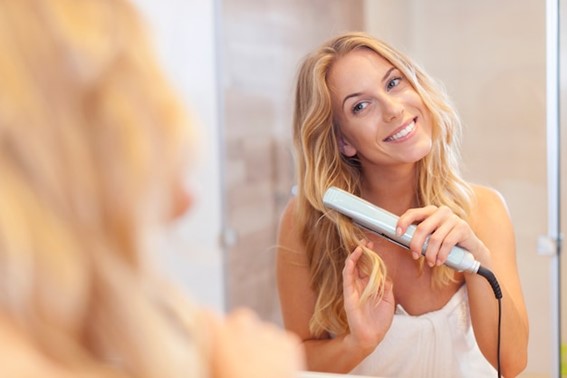
Even with the best hair products, we sometimes need to use heat to tame, style, and set our hair. There's a hot tool for every look, whether you're managing your curls with a diffuser, blow drying fine hair for va-va-voom volume, or straightening for a sleek style.
However, repeated use of these products can cause havoc on even the most perfectly styled locks. To comprehend why and how this occurs, you must first comprehend the structure of your hair. Each hair strand has layers: Water molecules and keratin fill the inner cortex and an outer cuticle that is smooth and lustrous in healthy hair.
According to experts, heating hair causes the water molecules in the inner cortex to evaporate, changing the internal structure and mechanical properties of the strands. This allows you to alter your hair's natural curl patterns (for example, straighten your curls or vice versa), but it can also produce frizz and dryness.
High temperatures can cause cuticle splits and ruptures, making the hair even more sensitive to harm in the future. Finally, heat can cause the keratin in your hair to break down, affecting its strength and texture.
Are you concerned? Fortunately, the news isn't all awful. Heat-damaged hair can be avoided by using the correct preventative techniques. The secret is to first learn how to protect your hair from heat and then stick to it! Heat protection products come into play.
What exactly is a heat protector?
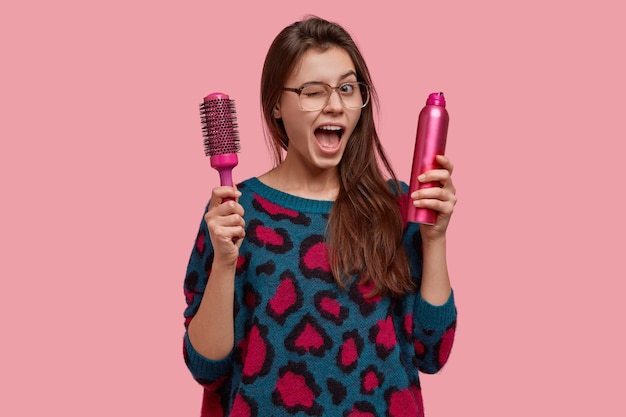
When used before heat styling, a heat protectant helps to protect your hair from harm. (Notice that we say reduces rather than prevents.) (I'll get to that later.)
It's usually a spray, cream, or serum that you leave in your hair (wet or dry); however certain formulas can also be rinsed off in the shower. Combining heat protection with a leave-in conditioner or a style lotion might provide extra benefits.
What is the Process of Heat Protection?

Heat protectors create a barrier between your styling tool and your hair, keeping moisture in and frizz at bay. They also work to smooth the cuticle, giving your hair a smooth, silky appearance.
Humectants (such as panthenol and propylene glycol) help to keep hair moisturized and frizz-free; amino acids (like keratin) help to strengthen hair and give antioxidants; and natural oils and extracts (like aloe) help to protect and seal the hair's cuticle.
While silicones (such as dimethicone and cyclomethicone) and water-based polymers (such as polyquaternium and acrylate copolymer) are included in some products, these components can leave a film on particular hair types and weigh it down, so some people prefer to avoid them.
When Should I Apply Heat Protection?
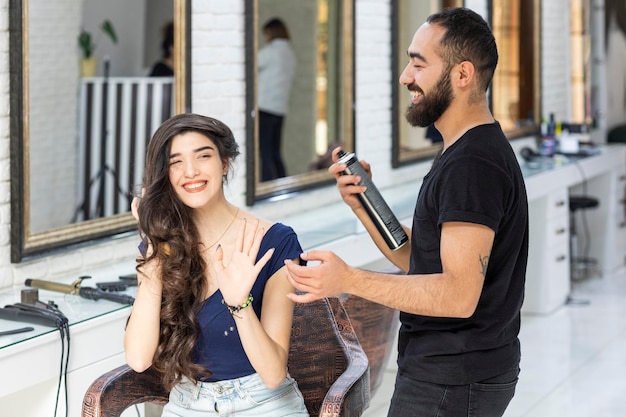
You can use a heat protectant on damp or dry hair before using hot appliances like blow dryers, curling irons, and straightening irons, depending on the type. Section by section, comb through to evenly distribute the product.
Repairing Heat Damaged Hair
Remember that using a heat protectant won't totally protect your hair from heat damage, especially if you style it frequently. You may have heat-damaged hair if your hair feels like straw or is breaking off more than usual.
It's time to start a hair care routine at this point. To remove any build-up, start with a clarifying shampoo, then follow with a deep conditioner or hair mask.
For daily usage, search for elements like natural extracts, antioxidants, and keratin or silk amino acids in a sulfate-free shampoo and conditioner. Include a leave-in conditioner in your daily regimen to help restore and preserve your hair.
Heat styling shouldn't leave you with stressed-out tresses if you use the appropriate products and practices. If you must heat style your hair, do it sparingly to avoid heat damage. Reduce the heat (it's recommended to keep it under 350 degrees, or even lower for fine hair), and don't forget the heat protectant! Your locks will appreciate it.
Did you like this article? Share it with your friends and follow us on social media!

